AMD Radeon HD 7750 & Radeon HD 7770 GHz Edition Review: Evading The Price/Performance Curve
by Ryan Smith & Ganesh T S on February 15, 2012 12:01 AM EST- Posted in
- GPUs
- AMD
- HTPC
- GCN
- Radeon HD 7000
Custom Refresh Rates with AMD 7750
One of the drawbacks of the GPUs built into the Intel CPUs was the lack of a 23.976 Hz refresh rate to match the source frame rate of many videos. Combined with the lack of reliable support for open source software, this has often pushed users to opt for a discrete HTPC GPU. Ideally, a GPU should be capable of the following refresh rates at the minimum:
- 23.976 Hz
- 24 Hz
- 25 Hz
- 29.97 Hz
- 30 Hz
- 50 Hz
- 59.94 Hz
- 60 Hz
Some users demand integral multiples of 23.976 / 24 Hz because they result in a smoother desktop experience, while also making sure that the source and display refresh rates are still matched without repeated or dropped frames.
With the Sony Bravia KDL46EX720 (the new display in our HTPC testbed) being capable of PAL refresh rates (despite not exposing it in the EDID), we were able to test out almost all the above mentioned refresh rates. The only exception was 60 Hz (which definitely works well in the usual desktop mode, but, was one for which we were unable to obtain a sample file with a matching frame rate).
Using madVR, we were able to judge how often a frame would get repeated or dropped in the renderer due to the mismatched refresh rate and frame rate. With the 23.976 fps sample, we were looking at more than 15 minutes before a dropped frame, while, for the 24 fps sample, we were looking at more than a hour before a frame repeat.

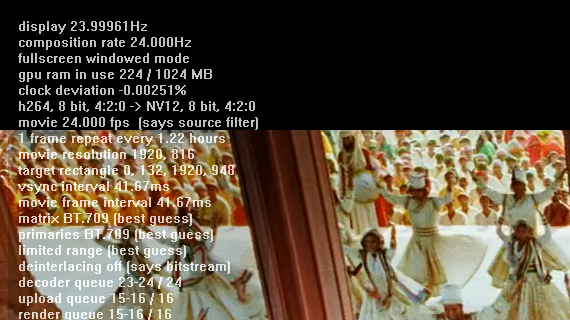
By default, modes not reported in the EDID were not available in the CCC settings. However, it was quite straightforward to display and choose the refresh rates not supported by the monitor in its Windows settings. Some of the other 'native refresh rates' we tested are reproduced below:
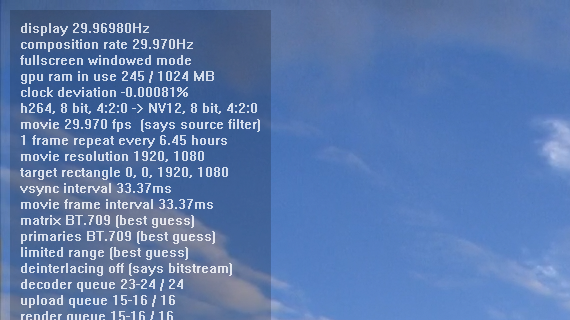
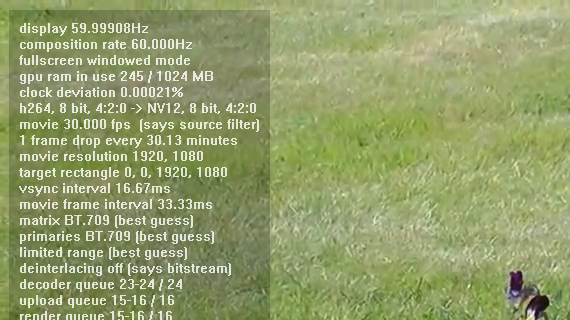
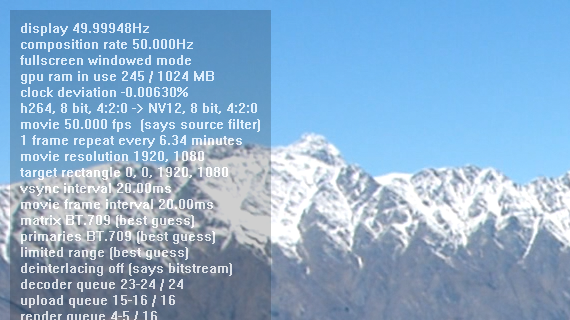
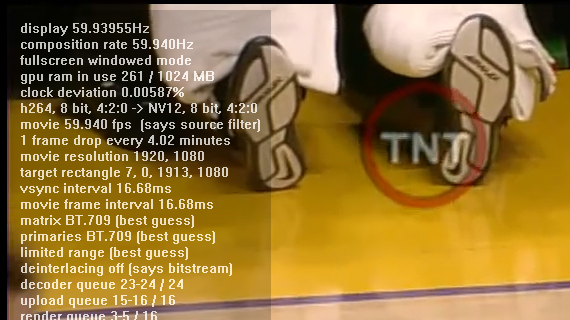
AMD's refresh rate matching feature works pretty well most of the time, but it could be made better by giving the user more control over the various timing aspects (maybe in an 'Advanced' hidden menu similar to what is done by NVIDIA). This could be useful for consumers who don't want to put up with frame drops / repeats even once every 20 minutes or so.










155 Comments
View All Comments
tipoo - Wednesday, February 15, 2012 - link
I probably won't be enticed into a video card upgrade until the next generation of Microsoft and Sony consoles are out. In the land of console ports, even a 6770 can run nearly everything comfortably at most common monitor resolutions.Movieman420 - Wednesday, February 15, 2012 - link
I have an OCd C2D Wolfdale running the 4850 and I also agree that the 4850 will go down as one of the best bang for the buck cards ever.My current i5/Z68 rig is running what I think will be considered another BBFTB card...the 6850...the dual fan Gigabyte 685OC in my case.
The 5770/6770/7770 are a fantastic line of mid-range cards...esp OCd but for a few $$ more an OCd 6850 still holds it's own quite well, there's no real counter for a 256bit vs 128bit memory bus. A big hats off tho to the 7770's high res numbers...pretty damn sweet, but I don't need uber res for a 23.5 inch monitor...ofc I'm not a hard core gamer either.
cjs150 - Wednesday, February 15, 2012 - link
7750 seems perfect for an HTPC. But to put it into context, IGPs should be using the 7750 as the benchmark for what to aim for. Can see this becoming completely obselete very soon once products based on Raspberry pi or Cu Box get released and match (the very impressive) picture quality of the 7750. In mean time get a low profile passive cooled version out and it will be perfect.As for the 7770 I simply see no purpose for it at all. NVidia 560 is only marginally more expensive and beats it completely. 7770 seems to me to be a complete waste of stock
Shadowmaster625 - Wednesday, February 15, 2012 - link
So the 7770 should be at $109, and that forces the 7750 down to $89 or less. The die sizes on these chips are a lot smaller than their competition so I dont see what AMD is thinking. Inflation? lol.Shadowmaster625 - Wednesday, February 15, 2012 - link
Why would a 7750 consumer 3 watts less than a 7770 during the "long idle" state. That really makes no sense. During that state there shouldnt be any difference at all between the two cards.tipoo - Wednesday, February 15, 2012 - link
It has over 100 more stream processors? 3W is pretty minuscule.akbo - Wednesday, February 15, 2012 - link
They are using a gorram 1200W PSU and those have s*** efficiency at 10% load. 3 watts means that it may pull about 1 watt more on-chip.KompuKare - Wednesday, February 15, 2012 - link
Which begs a simple question that has been bothering me with Anandtech GPU reviews for a while: how come they don't measure the wattage for the cards rather the whole system. Ok, it needs a custom PCI-E riser board and a multimeter but other sites (like techpowerup.com or this French site (can't think of it ATM) where the place I first saw that method used) manage it.Or at a minimum why is there no IGPU (Intel 3000) power usage in the review to act as a baseline?
Death666Angel - Wednesday, February 15, 2012 - link
I'm kinda disappointed by the 77xx launch. I'd have hoped for some €150 - €200 cards, consequently performing better than the 6870. Maybe the 78xx will be better. I really hope nVidia comes around with good cards, that way the consumer won't get ripped off. Although I also hope that AMD makes some money in the mean time.geniekid - Wednesday, February 15, 2012 - link
I just want to reiterate how much I appreciate the games you've chosen for your benchmarks. It's a very diverse set of games and covers a lot of the non-FPS genres that other review sites tend to leave out.